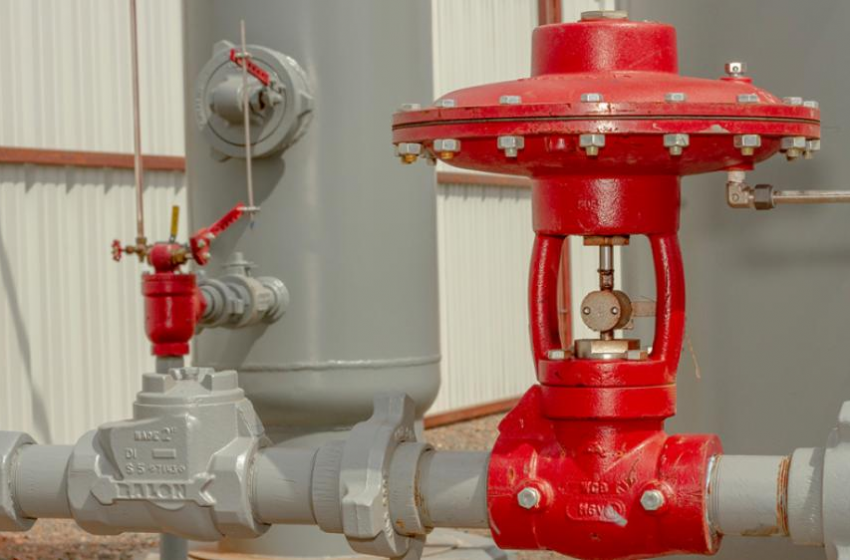Explain Valves and their Various Types

A valve is a device or equipment that slides between two pipes to halt, modify, or release water and other fluids. A device that decreases the pressure in the event of a rise in pressure or shuts off the connection of the pressure-flow in hazardous scenarios helps in systems where fluid pressure is critical. Today’s valves do more than merely regulate fluid flow. Sludge, gas, and dry materials travel through the pipe because the valve controls them. A valve is available in various sizes and materials for a variety of applications. It is possible to categorisespigots into many categories based on the device you use them for.
Today, people use a valve in a wide variety of applications. Depending on the valve type, spigots may withstand temperatures as low as -270 °C and as high as 7000 bar. In terms of connection, spigots might be flanged, threaded, or welded. The majority of spigots in use today are manipulated by hand. Mechanics and gear mechanisms both make use of valves.
There are several ways to make valves, including forging or casting from billet materials and welding them together. Their bodies are mainly constructed during manufacture, although additional sections may be added subsequently.
In what manner is the valve made?
It is possible to make spigots of any diameter and in any material. In addition to gases, spigots can control a wide range of other fluids as well. From vacuum to pressures of hundreds of bars, they can function in every temperature range from the coldest to the warmest. The valve size depends on the diameter of the pipe, the structure of the system, and the pressure in the system.
Valved Aerosol Systems.
The contents of aerosol cans can be dispensed using Aerosol Valves. The stem and housing are the two most essential parts. It is essential to know the actuator type, application, output type, valve size, and construction material before purchasing. Consider the media that is given out as well. A valve for aerosol cans can help distribute everything from liquids to lotions and ointments to gases to cleaning chemicals.
Control valve, which uses air logic.
Controlling the airflow using an Air Logic Valve is possible in situations where electrical control is impracticable due to dangerous atmospheres or other situations where electrical control is impractical. The essential considerations are actuator type, construction materials, switching speed, number of ports, pressure ratings, port thread size, and input voltage. There are several pneumatic applications for air logic valves, such as e-stops (electronic stops), pilot valves, and one-shot valves.
Keeping the Valve in the Proper Position.
Balancing To regulate the flow of a fluid, they divide the flow into many regularly spaced branches. The number of ports, valve size, port connections, and construction materials are critical considerations. HVAC and fluid power systems are the primary uses for balancing valves. For example, in commercial heating and cooling systems, you may use them to change water temperatures as demand fluctuates. For double-acting cylinders, you may utilise them as a counterbalance.
Putting the Finish.
Casing In the oil and gas business, the only function of these is to open well casings. The intended use, port connections, actuator type, valve size, and construction materials are critical requirements.
Conclusion.
The valve quality depends on the materials used in its construction. Stainless steel and copper alloys are the most common materials used to make valves. Stainlessvalves are present in several locations throughout a building. There are several methods to link stainless valves.



